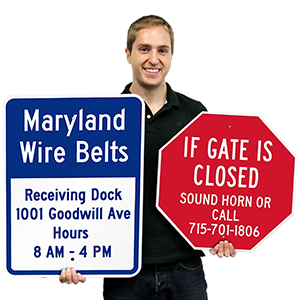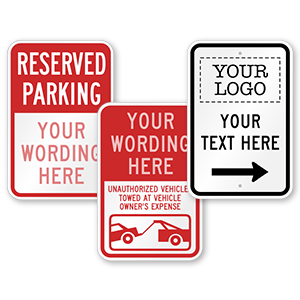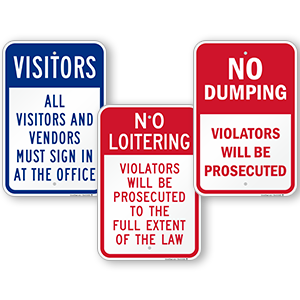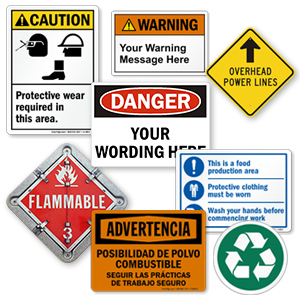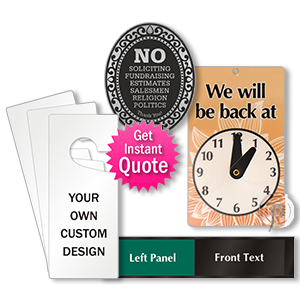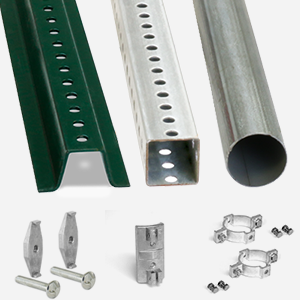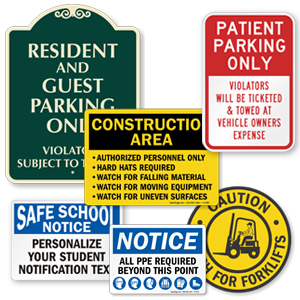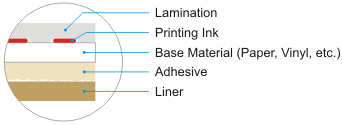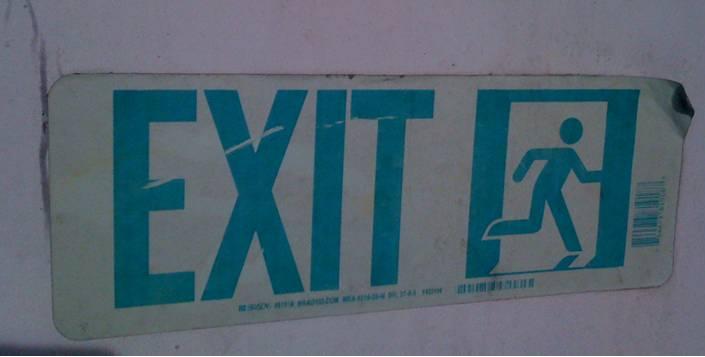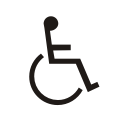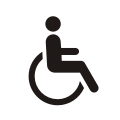A.
Yes, there are two symbols in common use. They are the ISA and the SEGD.
We prefer the SEGD pictograms, and, at least for us, this pictogram is more common. The older ISA figure seems to be fading in general use.
The International Symbol of Accessibility (ISA) "stick-figure," is shown in the Federal ADA standards. It was originally supposed to be a wheelchair itself. And – its original intent was not to represent a person in a wheelchair! This comes as a surprise to almost everyone who has seen the symbol. The round shape at the top of the chair, to some, appears to be a head.
The other pictogram in the common signage vernacular is known as the "SEGD pictogram." It is similar to the "Male" and "Female" pictograms that are seen on restroom signs all over the world. This SEGD pictogram was developed in response to the ISA "stick-figure" pictogram, and was drawn so that it would specifically match with other widely used pictograms. Most felt that the ISA figure was not well designed, and, to some, even misguided. Some felt that the wheelchair symbol should show a more active figure. Disabled individuals are on the move, often athletic, and a static chair symbol was felt to be unbefitting.
The SEGD figure, however, has not yet been recognized by the ANSI committee that oversees the pictogram design specifications ... so there remains some controversy about its use. Ultimately, it is up to the building owner to decide which symbol they want to employ. We find that most people prefer the SEGD wheelchair pictogram when it is used in conjunction with gender pictograms. The pictograms "match" stylistically – their line widths, spacing and body styles are consistent.
In practice, and in our experience, we have yet to find an inspector that objects to the use of the SEGD pictogram. But at the end of the day, the choice of which pictogram to use is up to the building's management.
If you want to substitute the ISA "stick-figure" pictogram for a sign we now show with the SEGD pictogram – please contact us and we will gladly use the ISA pictogram for your sign.


